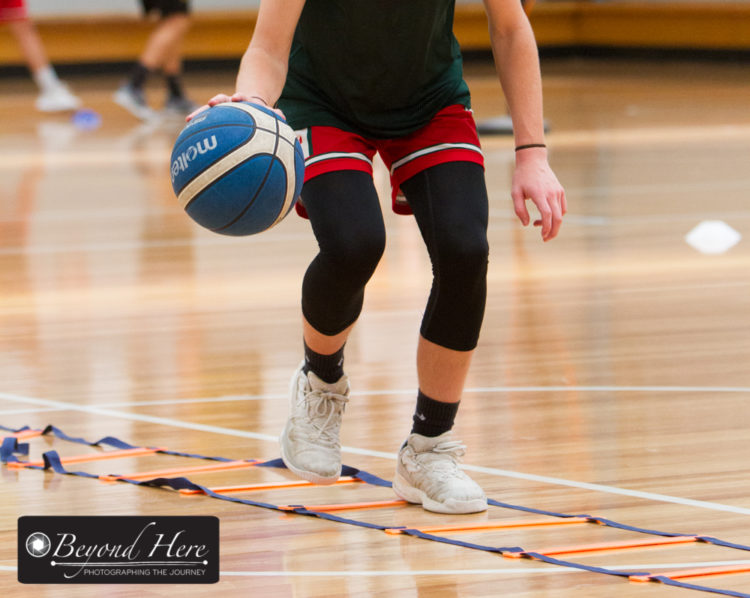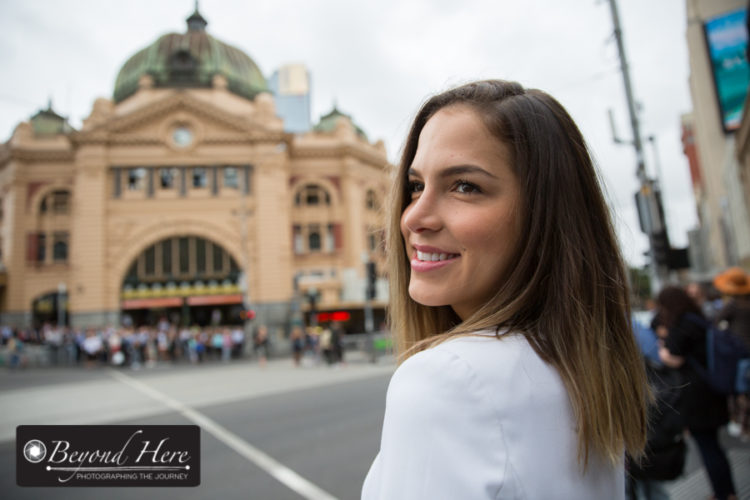I have been reading in Petapixel that Getty Images to be Fully Controlled by the Getty Family Once Again. According to that article the Getty family have taken a majority stake in the business, and will take full control. Mark Getty led the negotiation and purchase on behalf of the Getty family. I know very little about the broader Getty Images business, but I have been a contributor to iStock since 2008. I used to love iStock and the high volume, low price business model. With major changes to iStock over recent years it no longer looks like the site I joined in 2008. With this post, it’s time to write a letter to Mark Getty from an iStock contributor outlining the issues and to make suggestions to make iStock great again.
“G’day Mark,
My name is Craig Dingle. I live in Melbourne, Australia and have been an iStock contributor since 2008. I’ve been reading in Petapixel that the Getty family has taken a majority stake and full control of the Getty Images business. I’m sure you are doing that as you see potential for a good investment. In the stock photography side of the business, and specifically iStock, I see considerable potential but not on the current trajectory. I’ve outlined the issues and potential solutions from a contributors point of view.
Background
When I first joined iStock it was a vibrant community made up of photographers from around the world. iStock was known as the micro stock industry leader, and for the high quality content on the site. It was a badge of honor to be an exclusive iStock contributor. There was a dynamic contributor forum, and contributors who were submitting strong content were making a considerable income. That’s not the case today.

Up until 2012/13 contributors could make a significant income in microstock
Where it All Changed
Many things have changed about iStock since 2008.
Where the fundamental shift occurred was when iStock stopped selling licences to contributors images – and starting selling subscriptions. At this point, the most important change in iStock history happened. The interests of iStock and contributors were no longer aligned.
iStock is interested in selling subscriptions. I can see why. With a subscription iStock’s monthly income will fluctuate much less than if it were based on a percentage of image sales revenue.
Where is the misalignment? The contributor is still receiving a percentage of the amount to licence their image.
In my case, I was exclusive and on a 35% royalty. I decided to drop exclusivity last year and now receive 15% royalty as an independent contributor. That means I see many royalties of less than USD$0.20 per download. The lowest royalty I have received for a download is US$0.02. (Some contributors report seeing royalties of US$0.01 but I haven’t had one of these – yet!)
Contributor Royalty Rates Versus other Microstock Libraries
So, one issue is the misalignment of Getty Images interests with contributors interests. The second issue is how the royalties are structured and what it means in royalty per download for your contributors.
Contributors are sometimes receiving US$0.02 royalty when a customer licences one of their images via iStock. Let’s let that settle in for a moment. It’s worth repeating. Contributors are sometimes receiving US$0.02 royalty when a customer licences one of their images via iStock.
iStock’s major competitors overcome this by offering minimum royalties. I now contribute to Shutterstock. My minimum royalty there is US$0.33. It’s not much per download, but it is 16 times higher than iStock is paying on some downloads. iStock is paying contributors much lower royalties per download than the other major microstock agencies.
What’s the Implication of Paying Contributors so Little?
At the level of an individual contributor – the implication for me is that it no longer makes financial sense to contribute images to iStock which have any cost of production. That means I only contribute content that has cost me nothing to produce.
All my other content goes to other agencies where there is a greater financial reward for the contributor.
Again, let’s pause and let that settle in.

My stock photography has focused on lifestyle content in the last 3 years. I don’t upload it to iStock as the financial returns are not there.
Other contributors will be in the same boat. I expect that iStock – previously the market leader in microstock – is becoming a dumping ground for contributors of low cost of production images. That’s not likely to make any difference to the iStock collection or business in the short term. But in the long term, iStock risks being the low quality, low price image library. I presume you’ll need to do massive volumes to make that business model work.
Contributor Reporting
An outcome of the royalty structure is that iStock contributors see a major delay in reporting. We get visibility of what content has been licensed at what prices on the 20th of the following month. So for August sales, I see reports on the 20th of September.
Mark, I imagine Getty Images has a monthly board meeting in the middle of each month. I imagine financial results are tabled at that meeting plus management commentary for the previous month. Can you see the irony here?
While Getty Images reviews the previous month’s financial results, contributors are still waiting for their financial reports.
To compound the issue for iStock – your competitors are miles ahead in this area. Each time one of my files is licensed on Shutterstock I get instant notification on my smart phone. It tells me which image was downloaded, what my royalty was, and the total amount Shutterstock now owe me.
The process I take to receive the same information on iStock is – wait until the 20th of the following month to receive data. Then, I download a text file. I save it to my computer desktop. Then I upload it to Qhero stats function to see what has sold for what amounts.
Shutterstock is leaving iStock behind by making it easier for contributors to run their business.
New Content Visibility
When I look at the Qhero stats functionality I see it is mainly my old files which customers are licensing. I’m not getting a return on recent files, which is a major disincentive to upload new content. You can read more about that in this post iStock Shutterstock Comparison.
iStock has identified issues with ‘search freshness’ but there is no evidence that it is taking action. The lack of sales of recent content is a further disincentive for contributors to add fresh material.

My new stock content is going to other stock libraries, not iStock
Priorities to Make iStock Great Again
I have more than 10,000 files on iStock so I have a vested interest in seeing that business succeed. As the Getty family take majority ownership and full control, these are my suggestions for priorities to make iStock great again.
Priority 1 – Align the Interests of Contributors with iStock. When a customer licences an image (who’s copyright belongs to the contributor) there must be a financial benefit to the contributor as well as to Getty / iStock. Please don’t suggest that US$0.02 is a fair financial benefit to the contributor.
Priority 2 – Get Serious about Reporting for Contributors. Ironically, iStock doesn’t have a business without contributors content. We are partners. iStock need my content, and I need iStock’s distribution strength. If you want me to produce current, fresh content, you are going to need to build reporting which supports that.
Priority 3 – Find Ways to Reward High Quality Content. The first 2 priorities are the necessary first steps. Priority 3 must be finding ways to reward high quality content. I can tell you directly that I won’t invest in paying models, hiring venues, and paying assistants to receive US$0.02 per download. If the iStock team think back to the high quality collections of the past (Vetta and Signature+) these were real incentives for contributors to excel.
Priority 4 – Clarify the Business Model. iStock is getting confused as to whether it is an image library for royalty free content, or a broker of contract work between customers and contributors. The Custom Content initiative would not be happening if the core stock photography model worked better for contributors and customers. I see this as a distraction from iStock’s core business.
Conclusion
Mark, I genuinely want the iStock business to be successful – and much more successful than it is now. I would love to be proudly telling people I’m an iStock contributor. That’s not the case today, and I fear that the current trajectory means poor outcomes for contributors in the short term, and for the iStock business model in the medium term.
I hope the Getty family taking majority ownership and full control is an opportunity to steer the ship on a new course.
Kind regards,
Craig Dingle”
Note, I don’t really expect Mark to read this content, nor to respond. But I hope that it is helpful for photographers considering stock photography options to understand the current market and make decisions appropriate for their goals. Thanks for reading this letter to Mark Getty from an iStock contributor.












 The wrap up
The wrap up










